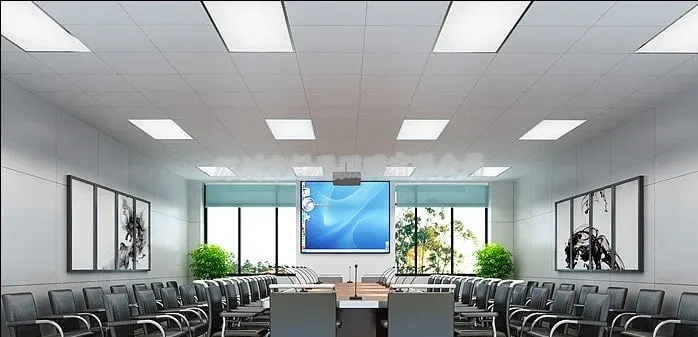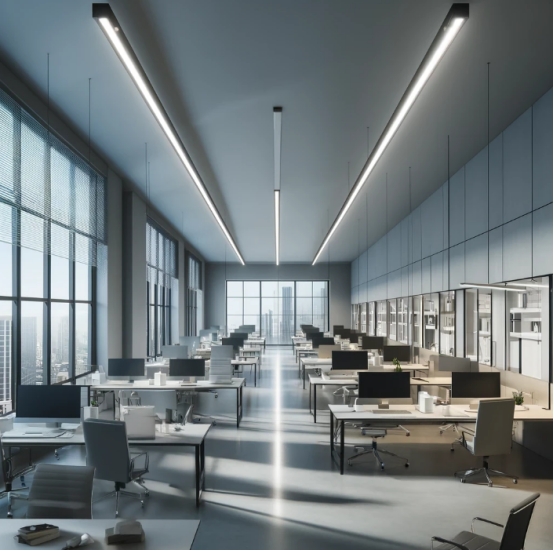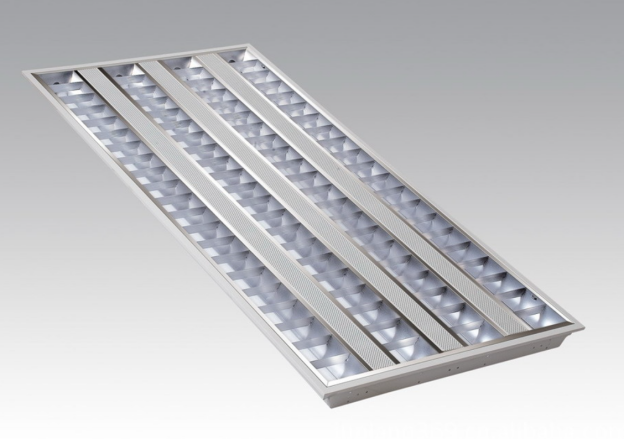Introduction
Organizations of all types and sizes are increasingly looking to save on energy costs by installing outdoor lighting systems that use less power.
But with so many options on the market, it can be difficult to know which products are right for your needs. In this guide, we’ll provide an overview of the different types of outdoor lighting available, as well as tips on how to choose the right system for your business. Let’s get started!
What Is IP67 IP69K LED Tubular Light Series (K80 And K70, K45)?
The K series tubular lights are IP67 and IP69K rated, meaning they are completely dust-proof and water-jet proof. They also provide excellent protection against extreme temperatures and humidity, making them ideal for outdoor lighting in harsh environments.
Furthermore, the K80 and K70 models are designed to be gas-proof, providing a safe and secure solution for atmospheres with high concentrations of fumes, gases, and solvents.
This makes them a great choice for industrial and manufacturing areas, as well as other specialized applications such as tire warehouses or washing lines. The K45 model also features high protection against water, dust, and temperature but does not have the same level of gas protection as the K80 and K70.
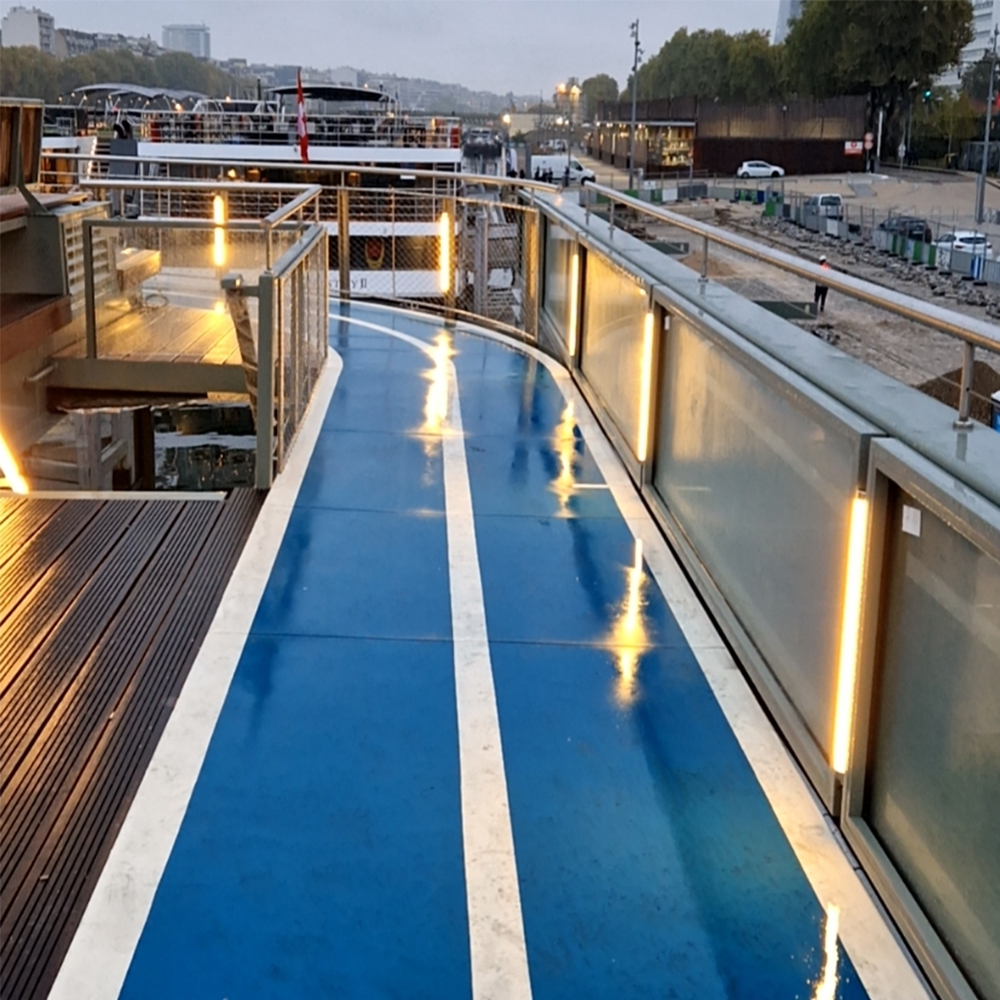
What Is IP67?
The IP67 rating means that the light is dust-proof and waterproof when submerged in up to 1 meter of water for 30 minutes. This makes it perfect for outdoor lighting, as it can withstand rain, snow, and other extreme weather conditions. It also provides extra protection against dust and dirt particles that may build up over time.
What Is IP69K?
Here the IP69K rating provides an even higher level of protection against water ingress. It is capable of withstanding the hot steam wash test as defined in EN 60529 and DIN 40050-9. This protects against water pressures of 100 bar (1450 psi) and temperature of 80ºC.
The pressure is applied directly to the sensor at progressive angles of 30 degrees (0, 30, 60, and 90 degrees) for 30 seconds at each angle for a total of 120 seconds (2 minutes) to prevent water ingress. This makes these lights ideal for harsh environments where regular pressure washing may be necessary.
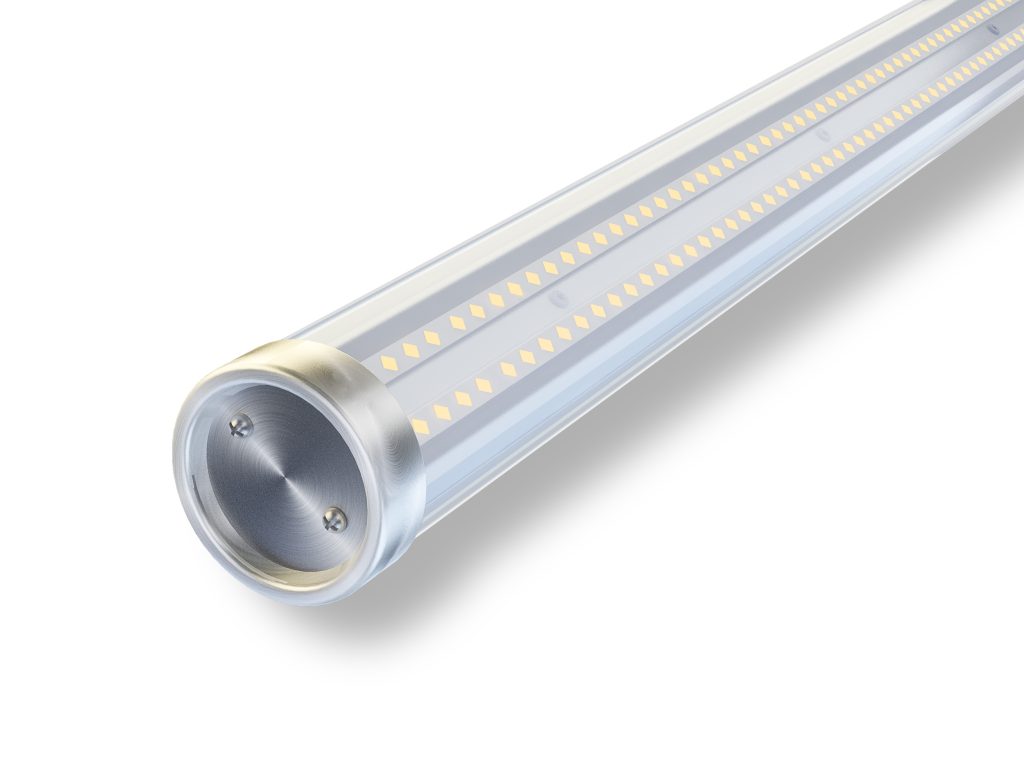
What Does K80 LED Tubular Light Offer?
When it comes to LED tubular light, the K80 is the most popular and widely used product on the market. With a diameter of 80mm, it is the most versatile and can be used for a variety of applications. It is also the top seller in terms of all tubular light series.
The K80 is IP67 rated, meaning it is dust-proof and water-jet proof. It also has excellent protection against temperature extremes and humidity, making it a great choice for outdoor lighting.
Additionally, the K80 is gas-proof and provides secure protection in atmospheres with high concentrations of gases, fumes, and solvents.
What Does K70LED Tubular Light Offer?
Compared to the K80, the K70 LED tubular light has a reduced diameter of 70mm and is also IP67-rated for dust-proof and water-jet proof protection. It is ideal for applications where space is limited, but still offers the same level of durability as the K80. Like the K80, the K70 is also gas-proof and provides secure protection in atmospheres with high concentrations of gases, fumes, and solvents.
What Does K45 LED Tubular Light Offer?
This tubular light is the smallest of the K series, with a diameter of 45mm. It also offers IP67-rated protection against dust and watering, as well as temperature extremes and humidity. However, the K45 does not provide the same level of gas-proof protection as the K80 and K70. This makes it a great choice for environments where dust, water, and temperature protection are needed but gas-proofing is not necessary.
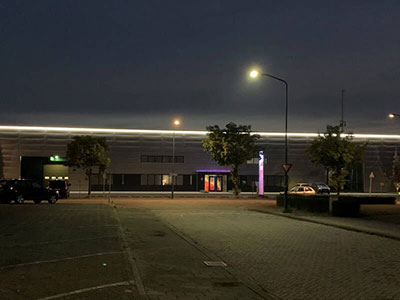
Types Of Outdoor Lighting!
There are various types of outdoor lighting solutions, each with its advantages and disadvantages. At OLAMLED we offer several types of outdoor lighting systems. Below is a quick overview of each type:
1. Led Lighting:
LED lighting is one of the most efficient and cost-effective options, as it uses up to 80% less energy than traditional lighting systems. LED lights also last longer, with some bulbs lasting up to 10 years or more. Our LED lighting systems can be customized for any outdoor space.
2. Solar Lighting:
Solar lighting systems use the power of the sun to provide light. They’re an eco-friendly option that requires no wiring or electricity, and they can be used in both urban and rural settings. By using solar energy to power your lighting system, you can reduce your electricity costs.
3. High-Intensity Discharge (Hid) Lighting:
HID lighting is a powerful and efficient type of lighting that emits bright white light. It’s often used in large outdoor spaces such as parking lots, stadiums, and agricultural areas. HID lighting can be expensive upfront but offers great cost savings in the long run. Also, HID lighting is less likely to attract insects.
4. Low-Voltage Lighting:
Low-voltage lighting systems are ideal for areas that require only a small amount of light. For example, they can be used to light pathways and walkways. Low-voltage lighting systems typically use between 12 and 24 volts of electricity, which is less than traditional lighting systems.
5. Fluorescent Lighting:
Fluorescent lights are a popular option for outdoor spaces, as they offer great energy efficiency. Fluorescent lights emit a soft light that’s ideal for lighting up large outdoor areas such as parks and gardens.
6. Halogen Lighting:
Halogen lighting is a bright and vibrant option. OLAMLED offers several halogen lighting products, including floodlights and spotlights. Halogen lighting is usually used for security purposes or to highlight certain areas. If you’re looking for a powerful lighting solution, this could be the right choice.
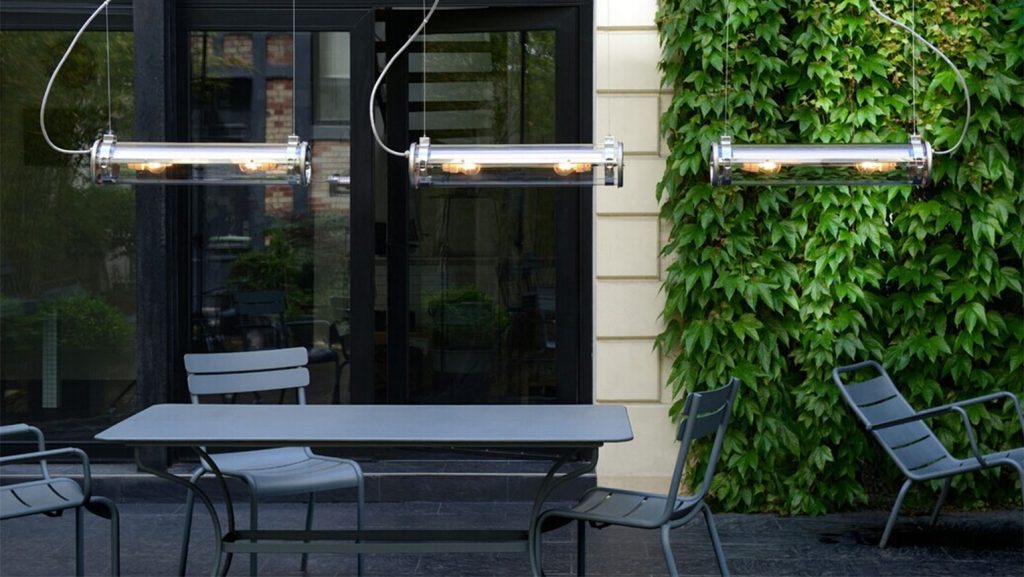
Benefits Of IP67 IP69K LED Tubular Light Series (K80 And K70, K45) For Outdoor Lighting!
Already we know that IP67 IP69 K-rated waterproofing of K80 Series and K70 Series and K45 Series LEDs make them ideal for outdoor lighting applications. As well as these LED tubular lights offer the following advantages:
1. Enhanced Visibility And Safety:
Outdoor lighting systems provide increased visibility and safety for both pedestrians and drivers. This is especially important in areas where there are no streetlights or outdoor lighting. On the other hand, too much lighting can be a distraction, so it’s essential to find the right balance.
2. Enhances Aesthetics:
The next benefit of outdoor lighting is that it can enhance the aesthetics of your outdoor space. Strategically placed lights can create a beautiful atmosphere, while also providing increased visibility and safety. For example, landscape lighting can be used to highlight features, such as pathways and trees.
3. Cost Savings:
When it comes to lighting, LED lights offer great cost savings. As mentioned earlier, they use up to 80% less energy than traditional lighting systems. Once the initial cost of installing LED lights is paid off, you will start to reap the benefits in terms of savings on your electricity bill.
4. Security:
The most outstanding benefits of outdoor lighting are that it can be used as a deterrent to potential criminals. Increased safety and security can be yours when you use motion-activated floodlights or spotlights to light up an area. Besides, lights that turn on and off can give your home a lived-in look while you’re away.
5. Versatility:
Our company OLAMLED provides a wide range of lighting systems for all types of outdoor spaces. From simple wall-mounted lights to intricate landscape lighting, there is something for every need. You can mix and match to create a unique look. Versatility is one of the main benefits of outdoor lighting.
6. Durability:
One of the main benefits of outdoor lighting is that it is designed to last. LED lights, for example, are highly durable and can withstand extreme temperatures. It ensures that your lighting system will continue to provide great visibility and security, even in harsh weather conditions.
7. Environmentally Friendly:
We all know that lighting consumes a lot of energy. But with LED lights, you can make an eco-friendly choice that can help reduce your carbon footprint. Besides, LED lights are free of toxic chemicals and do not emit harmful UV rays. So you can go green while also enjoying the benefits of outdoor lighting.
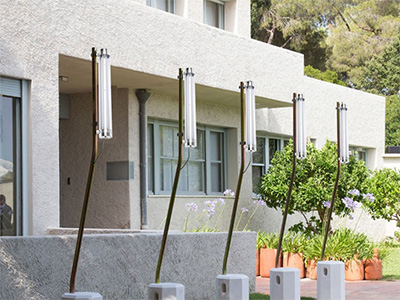
Factors To Consider When Choosing Outdoor Lighting!
Usually, people choose outdoor lighting for safety, aesthetics, and energy efficiency. But before you commit to a lighting system, several factors need to be taken into account:
1. Purpose:
The most important factor is to decide what purpose the lighting system will serve. Will it be used for security or to accentuate certain features in your outdoor space? Once you determine the purpose of the lighting, it will be easier to narrow down the options.
2. Budget:
The second factor is to decide on a budget for your lighting system. Different types of lights come with different price tags, so make sure you find the right balance between cost and quality.
3. Space:
Space is another crucial factor to consider. For example, if you have limited space in your outdoor area, wall-mounted lights may be the best option for you. Also, measure the space where you will be installing the lights to ensure it fits perfectly.
4. Power Source:
If you are considering solar-powered lights, make sure you select a location that receives enough sunlight. Alternatively, hardwired lights need to be connected to an electrical power source.
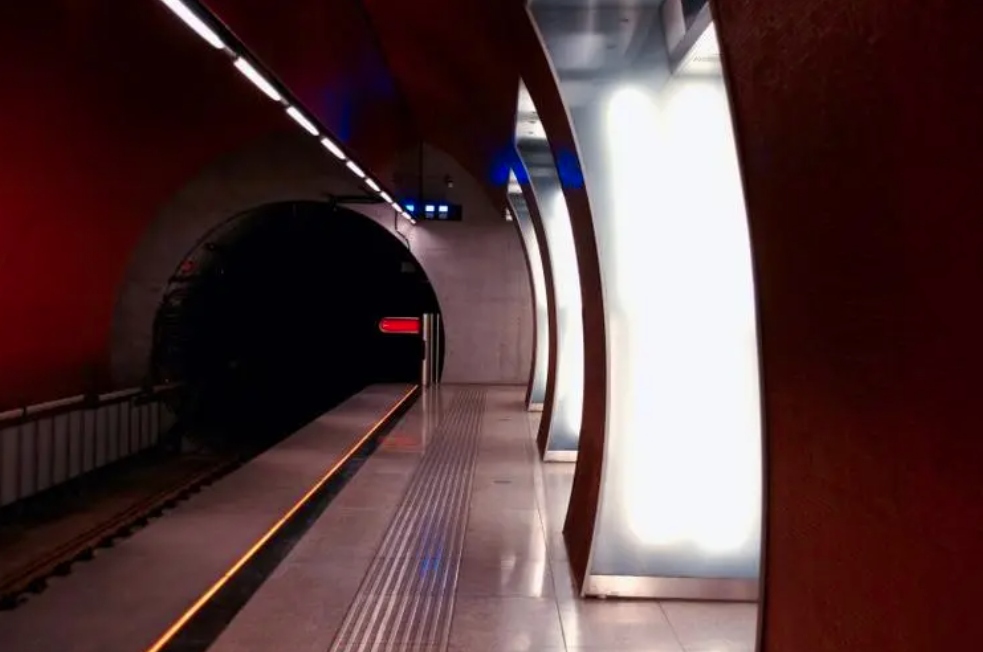
How To Install Outdoor Lighting?
Each lighting must be installed properly to ensure its longevity and performance. For outdoor lighting, it is best to consult an experienced electrician for the installation. It helps you avoid any potential dangers and ensure the lighting system works safely and efficiently. When it comes to installing outdoor lighting, here are a few tips you should follow:
1. Read The Instructions Carefully:
First of all, read the instructions carefully before starting the installation process. Make sure you understand all the instructions and follow them step by step to avoid any mistakes. If you have any questions, you can contact the manufacturer for help.
2. Use The Correct Tools:
Using the wrong tools to install outdoor lighting can cause a lot of damage. To make sure you use the correct tools, consult the manufacturer’s instructions and follow them accordingly. Otherwise, you might end up damaging your lighting system.
3. Connect To A Power Source:
Always make sure that the outdoor lighting system is connected to an appropriate power source. If you are using solar-powered lights, make sure they are placed in an area with adequate sunlight. For hardwired lights, you must connect them to an electrical power source.
4. Install It In The Right Location:
For the best results, install your outdoor lighting in a strategic location. For example, wall-mounted lights should be installed at the desired height for maximum visibility. Also, make sure the lights are not too close to any furniture or walls to avoid heat buildup and damage.
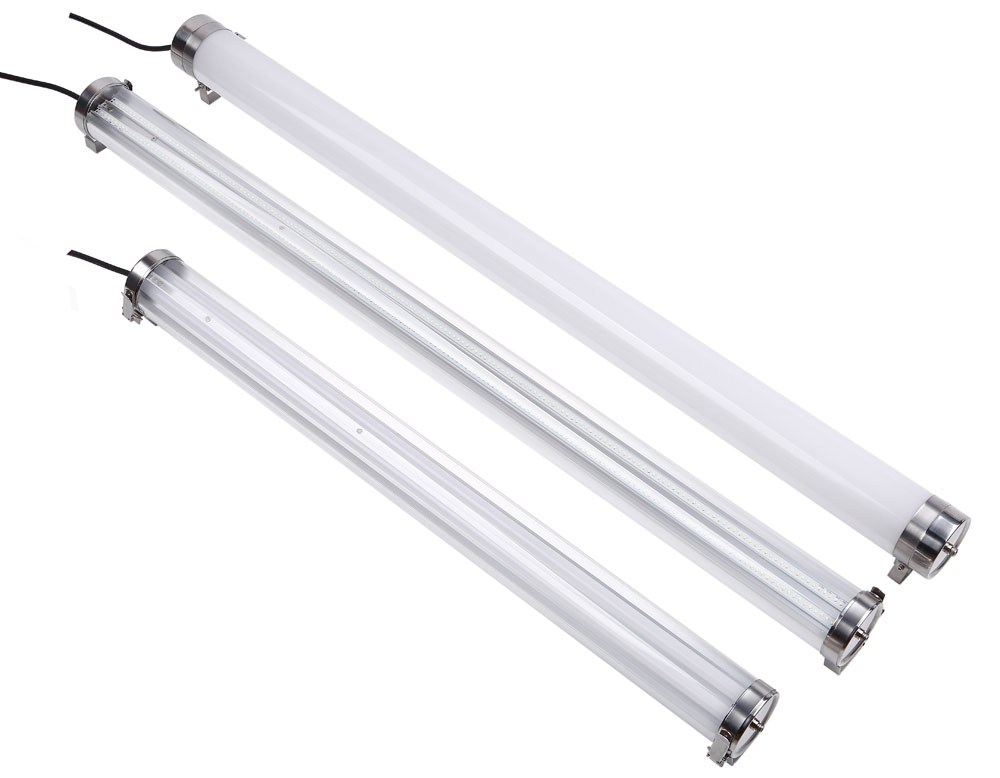
Maintenance And Troubleshooting For Outdoor Lighting!
Maintaining your outdoor lighting is essential to achieving the desired results. Maintenance of outdoor lighting systems should include regular cleaning, for example wiping away dirt and debris from the fixtures to keep them functioning correctly as well as optimizing energy efficiency.
It is also critical to regularly examine the light fittings and electrical wiring for signs of corrosion or other damage that might require urgent repair. Troubleshooting should also be done regularly to ensure the lighting system is functioning properly.
An experienced professional should be employed to perform any necessary repairs or replacement of components if they are beyond an individual’s personal experience or knowledge. By engaging these expert services, a high-quality and reliable outdoor lighting system can continue to serve a business’ illumination needs effectively long-term.
Tips And Tricks For Getting The Most Out Of Your Outdoor Lighting!
In this section, we can provide some tips for getting the most out of your outdoor lighting system. It helps to think of your outdoor lighting as an art form – you can use it to create a unique environment that meets your individual needs and desires.
1. Choose Lights With Multiple Layers:
For a more attractive and dynamic effect, use the multiple layers of outdoor lighting. This could include feature lights and accent lights as well as wall-mounted, post-mounted, and pathway lights.
2. Play With Contrast:
Contrast can be used to create a dramatic effect in your outdoor lighting design. For example, you could use warm white lights for your feature lights and cool white for accent lighting. It creates a beautiful contrast that complements the overall design.
3. Include Decorative Elements:
Decorative elements, such as hanging lights or festoon lighting, can add a unique touch to your outdoor space. Consider adding these elements to create a unique and inviting atmosphere.
4. Utilize Motion Sensors:
Motion sensors are a great way to add security and convenience to your outdoor lighting. They can be used to activate lights when motion is detected in the area, allowing you to save energy and be alerted when someone is on your property.
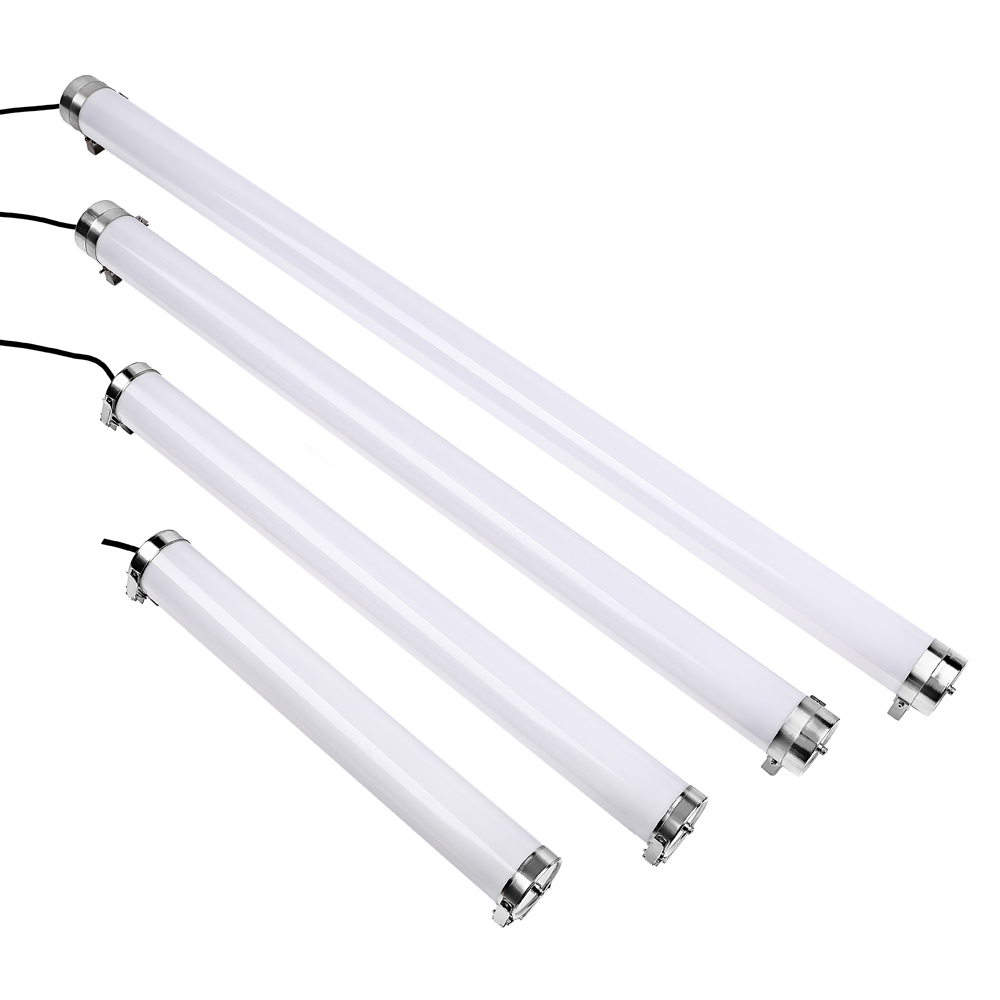
Conclusion
This guide has provided you with information on the different types of outdoor lighting fixtures and their features, as well as tips on how to select the best fixture for your needs. K80, K70, and K45 are the most popular diameters for outdoor lighting, with K80 being the current top sales of all tubular light series.
It is essential to ensure that the outdoor lighting system is connected to an appropriate power source, installed in the right location, and regularly maintained and troubleshooter.
With some creativity and careful consideration, you can use outdoor lighting to create a unique atmosphere in your outdoor space. OLAMLED offers a wide variety of high-quality outdoor lighting fixtures that will meet your needs and budget. Visit our website or contact us today to learn more about our products and services.
